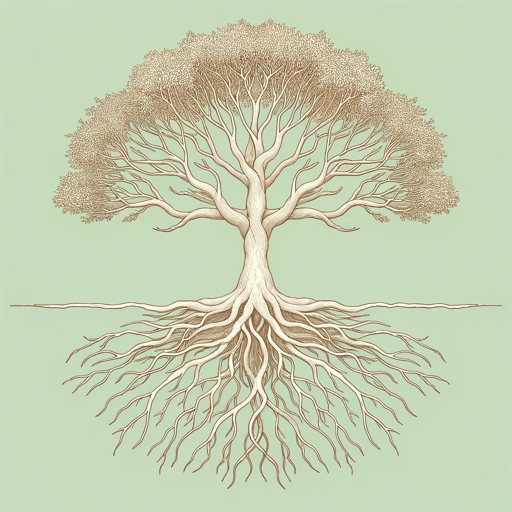35 pages • 1 hour read
Mary DouglasPurity and Danger
Nonfiction | Book | Adult | Published in 1966A modern alternative to SparkNotes and CliffsNotes, SuperSummary offers high-quality Study Guides with detailed chapter summaries and analysis of major themes, characters, and more.
Summary and Study Guide
Overview
Originally published in 1966, Purity and Danger, by Mary Douglas, is a treatise on the concepts of purity and uncleanness in various societies and cultures. It is widely considered a classic in the field of cultural anthropology. Douglas (1921-2007), a British anthropologist with an interest in comparative religion, pursues the idea that dirt is abhorrent to us because it is “matter out of place.” She examines dietary rules, religious rituals, and social and sexual taboos in a wide variety of cultures both primitive and modern to show how they express the society's beliefs about itself and the cosmic order.
Douglas questions the assumption of earlier anthropologists that purity taboos are “alien and irrational” (xiii). She argues that they are central to religion and morals and exist even in modern society, although we practice them for hygienic rather than religious reasons. She criticizes the modern bias toward “medical materialism” (interpreting ancient purity rituals merely in terms of hygiene) and the false dichotomy between “external” and “interior” religion.
According to Douglas, our beliefs about dirt are fundamentally about order; they imply a systematic classification of matter. Societies avoid particular foods, animals, or substances because they are anomalies—things that lie outside the system. The practice of shunning anomalous or ambiguous things lies behind the ancient dietary rules of Judaism as well as many of the purity customs of the indigenous peoples of the Americas, Africa and Oceania.
The “danger” of the title refers to the evil inherent in impure things and, by extension, the bad consequences believed to follow from breaking the moral code. Approaching certain impure things, substances or classes of people can cause defilement in a person or his society. Witchcraft implies beliefs about spiritual powers that can be released by human action. Indeed, many primitive beliefs center on powers in the universe that correlate to human behavior.
Douglas analyzes these beliefs and practices with a sympathetic eye, showing how they relate to universal human insights. She concludes that primitive and modern purity customs express the same basic ideas. Studying primitive religions and rituals can help us understand our own Western culture better and lead us to meditate on the great mysteries of religion and philosophy.
Purity and Danger is written in an academic style and directed above all toward fellow adepts in the field. However, the book also engages lay readers with an interest in anthropology, comparative religion, or the philosophy of science. Purity and Danger helps the reader to see ordinary customs in a fresh light and to question our everyday “rituals” of cleanliness, with the conclusion that the quest for purity is universal.

